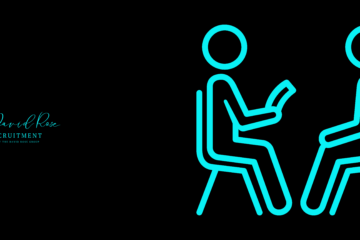Recruitment is full of many debates that have stood the test of time – and the visual CV is one of them.
What format a job application should take causes many controversies that get recruiters talking.
Should a CV be black and white, or can you add a splash of colour?
Do you include a photo, or it is better to stay anonymous?
Is it good to signpost key areas of your CV, or do you let the recruiter read it?
We’ll discuss all this and more in our breakdown of the visual CV.
The Use Of Colours
A coloured CV, on its own, isn’t a bad idea.
It offers lots of potential to demonstrate your personality before a recruiter has met you.
For hiring managers, it can make the hiring process a bit more problematic.
Reports suggest colours can create unconscious bias in recruiters – it’s recommended that you make everything about an interview neutral, with colours such as black, brown, blue and grey.
The problem arises when there are too many colours present.
A resume is professional as it sells you in a professional environment.
Splashing colours everywhere can lower the level of professionalism in your application.
Our tip: Find a colour that compliments the black and white in your resume and stick to it. Use it sparingly to highlight key areas you want a recruiter to notice. This may be in your headings or when highlighting your experience.
A Profile Photo
Next up – the CV photo.
This one is perhaps a more recognisable recruitment issue, as it’s been a hot topic of debate for some time.
Some recruiters believe that clarity is crucial and that including a photo can help you appear more personable and generate an increased chance of a great first impression
The alternate viewpoint is that a pictured resume can immediately sway a recruiter’s mind before they even explore your experience.
What is the answer?
CareertoolBox states that “There is only a certain amount of real estate on a resume. Additional graphics could possibly skew how your information is presented to the recruiter.”
A good line of advice is to include a photo on your resume if asked for.
If there isn’t a prerequisite in the job description, the verdict is to not include a picture.
What Makes A Good CV?
There are lots of vital elements that make a great CV.
The visual CV has its merits.
It can showcase your personality and demonstrate some of your great individual traits.
But they’re not for everybody.
Some companies will immediately reject a candidate who has a visual CV.
As a best case, they’ll ask you to reformat it.
If you need help with formatting your CV and applying for roles in your industry, we can help.


